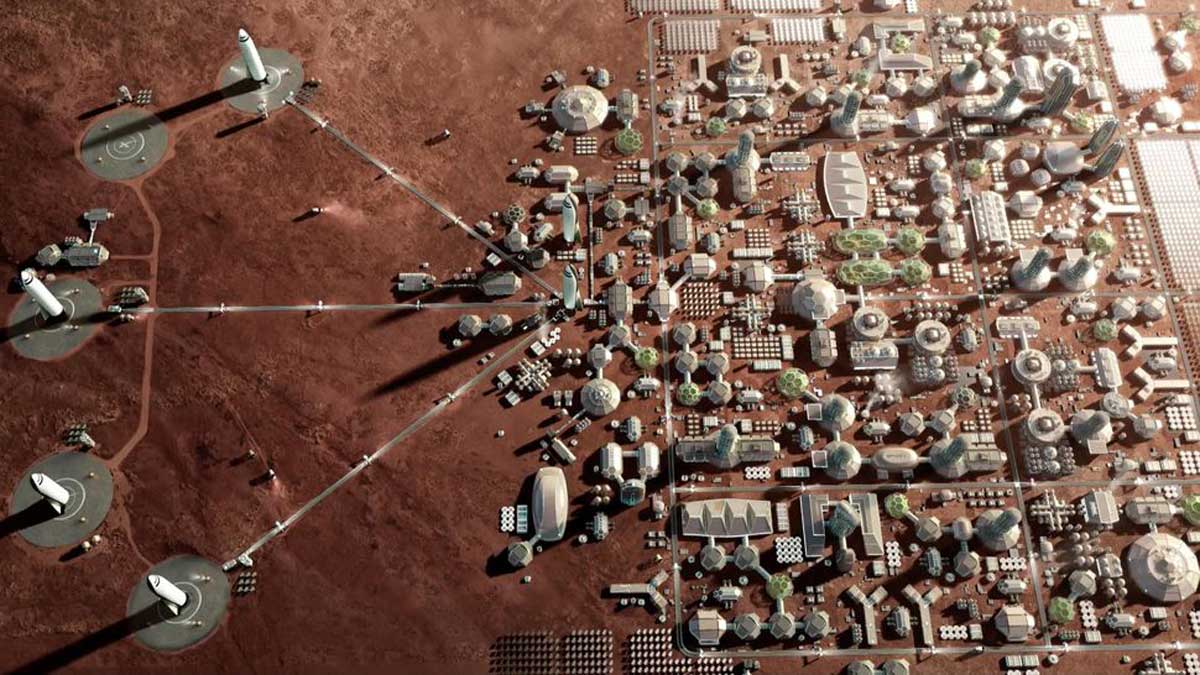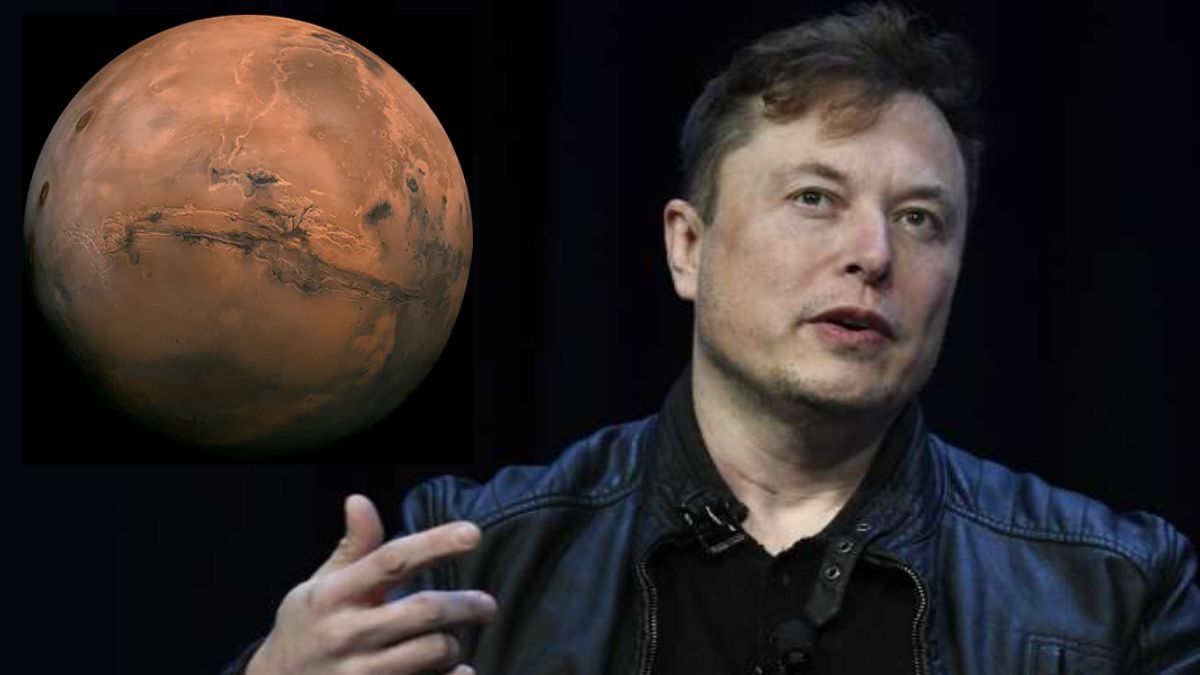Elon Musk’s plan to put 1,000,000 people living on Mars

**Elon Musk and the Desire to Conquer Mars**
Elon Musk has expressed his desire to wake up every morning with the thought that the future will be brighter, which reflects the goal of spacefaring civilization: believing in the future. He shared these thoughts on the website of SpaceX, where he has been working for the past 18 years with the desire to explore the universe.
One of the big questions Musk always asks is: “How will humans live if Earth is no longer a suitable place to live?” He believes that the only hope for humanity to survive in the long term is to become a multi-planet species. Otherwise, we will face the risk of extinction on Earth.
Musk outlined his plan to build a self-sufficient city on Mars at an event at the International Astronomical Congress in Mexico in 2016. He emphasized that this is not science fiction, but a dream that is becoming closer to reality. Currently, his plan to conquer Mars is still going on. The next step in this plan is to build an integrated site to launch large space rockets.
Why Mars? Musk believes that planets like Venus and Mercury are too hot to be habitable, while the Moon, although close to Earth, is not suitable for living due to its lack of atmosphere and the risk of being hit by meteorites. The temperature change between day and night on the Moon is also too large, along with low gravity, which can be dangerous for humans.

Data from NASA missions shows that Mars is a potential candidate to become our second home. Water, the main source of life for all living things, is an important factor when searching for life outside the planet. The surface of Mars has an average temperature of -63 degrees Celsius and low atmospheric pressure, making liquid water impossible. However, research suggests that liquid water may have existed on Mars as early as 3.5 billion years ago, with evidence such as gullies on the surface formed by liquid water.
When talking about conquering Mars, Elon Musk proposed a bold plan: heating the planet with nuclear weapons to create habitable conditions. In a 2015 interview, he shared the idea of using a series of small nuclear explosions to trigger geological activity on Mars, creating a stronger magnetic field. However, this plan has been met with much controversy from the scientific community, with concerns that dropping nuclear bombs may not achieve the desired effect and even lead to nuclear winter.
Despite the criticism, Musk has remained steadfast in his goal of colonizing Mars. In recent years, he has switched to a new strategy: building greenhouses on Mars to create a controlled environment for humans to live and grow crops. These greenhouses would protect humans from the harsh conditions on the red planet, including the lack of atmosphere, extremely low temperatures and high radiation. Musk believes that a greenhouse city would need about 1 million people to be self-sustaining and thriving.

Elon Musk is looking to increase the temperature on Mars by stimulating ancient rock layers to release CO2. NASA is also working to create oxygen from the thin air on Mars, where oxygen makes up only 0.13% of the atmosphere. A test device successfully produced 122 grams of oxygen, showing that it is possible to extract oxygen from the Martian atmosphere.
While conquering Mars is hopeful, actually colonizing it is a huge challenge. Many experts, such as astronomer Lawren, warn that the plan to send humans to Mars could be a dangerous illusion. They argue that living on Mars will not be easy and that terraforming the planet to make it habitable will be more complicated than reviving Earth.
However, some scientists remain optimistic that humans could have a colony on Mars by 2050, with finding water being an important first step. NASA scientist Pecky Molen believes we will be explorers on Mars by then.
Whether the dream of settling on Mars will ever become a reality remains an open question.








